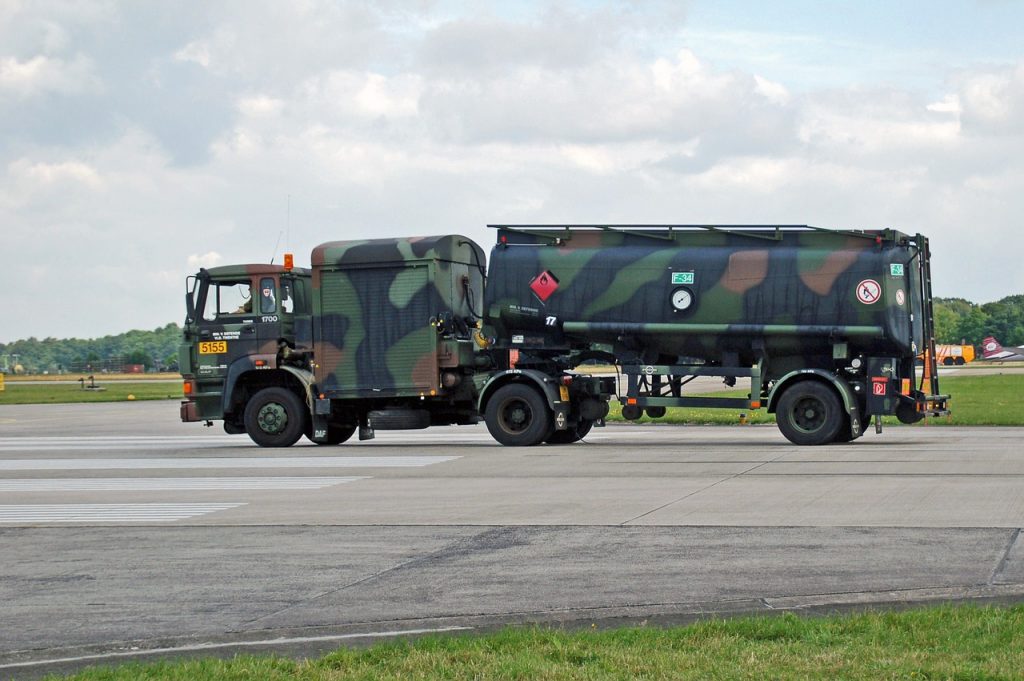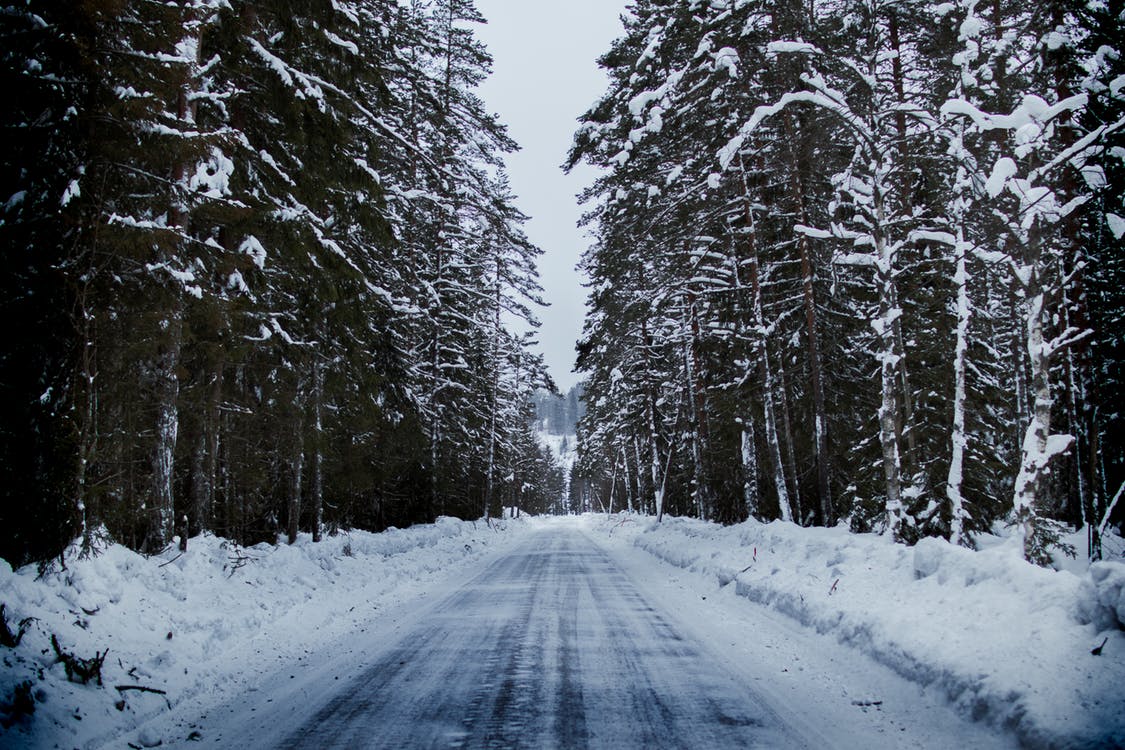
Just about every facet of consumers’ lives is made possible because truck drivers deliver goods on a daily basis. According to the American Trucking Associations, the trucking industry carried 72.5% of all freight transported in the U.S. in 2019, equating to 11.84 billion tons. If truck drivers were to stop operating, we’d be in big trouble.
Navigating COVID-19
During the current COVID-19 crisis, truck drivers have proven to fit the government’s “essential worker” title. National Truck Driver Appreciation Week took place on September 13-19, 2020 to emphasize the vital role truck drivers have played during the coronavirus pandemic. While many places of business such as restaurants, clothing stores, and bars, have shut their doors to contain the spread of the virus, local and federal authorities have requested the trucking industry continue to keep the supply chain in motion.
In the words of a trucker quoted in USA Today, “If the freight’s there, it’s got to move. If people are going to eat, the trucks are gonna move. If they need medical supplies, the trucks are gonna move. If we stop, the world stops.” Thankfully, the estimated 3.5 million United States-based professional truckers are continuing to keep the shelves of grocery stores stocked with food and household necessities for consumers, along with ensuring medical staff receives supplies needed to give proper healthcare.
What Would Happen if We Didn’t Have Truckers?
Many people outside of the trucking industry do not think about where all of their goods originate from, nor give a thought to the dire scenario that could be presented if truckers stopped operating completely. Consider the example of the week-long strike carried out by truck drivers across Brazil in 2018. CNN reported the results heavily impacted the country as the strike “prevented the delivery of goods to supermarkets and gas to petrol stations.” It even affected public transportation since gas stations ran out of fuel.
So, if truck drivers stopped operating here in the States or other countries around the globe, would chaotic disorder ensue? In short, the answer is yes, especially while we’re in a pandemic.
The first 24 hours would hurt the medical field the most. Due to the lack of delivery, medical supplies would become depleted. Hospitals would run out of basic supplies such as syringes and catheters. Therefore, if the trucking delivery network stopped, hospitals, clinics, and pharmacies would quickly run out of necessities. Looking for a check from your employer or a gift from a relative? There’s a good chance you wouldn’t receive it since the USPS, FedEx, UPS, and other package delivery operations would cease. Also taking place within a day would be the onslaught of food shortages and service stations would begin running out of fuel. Further, without manufacturing components and trucks for product delivery, assembly lines would shut down, resulting in the unemployment of thousands of people.
And that’s just the beginning.
In a matter of two to three days, ATMs across the country would run out of cash. Thus, banks wouldn’t be able to process transactions. Garbage would begin piling up in both great metropolitans and suburban areas. Essential supplies such as bottled water and canned goods would disappear resulting in even more food shortages, especially when consumers panic and hoard foodstuffs (we’ve seen it during natural disasters). Service stations would completely run out of fuel for all vehicles, including the essential working trucks. Imported goods shipped from other countries from the sea would remain in ports.
Within a week, due to the lack of fuel, automobile travel would come to a standstill. Hospitals would begin to run out of oxygen supplies. By the fourth week, the clean water supply would be completely exhausted, and water would only be safe for drinking after boiling. You might be wondering, “What’s a truck driver have to do with the water supply?” Everything. Every 7-14 days, truck drivers deliver purification chemicals to water supply plants. Without such chemicals, water cannot be purified and made safe for us to drink. Inevitably, the water supply plants would run out of drinkable water in two to four weeks.
Thank a Trucker Today
The future’s indeed bleak when you think of a world without our all-important, heroic truck drivers. The magnitude of a ceased trucker operation would produce a trickle-down effect that would ultimately impact everything—right down to our physical health. This information isn’t meant to frighten you. Instead, we hope it bolsters your appreciation for truck drivers internationally. They’re carrying out a job that’s difficult even when we’re not enduring a global crisis. Next time you meet a local truck driver, be sure to thank him or her for their service—because, without them, we’d lack the necessities and comforts we’ve come to take for granted.








